Designing Your Space for Wellbeing
In a world where the pace of life is ever-accelerating, our homes have become sanctuaries for rest, rejuvenation, and well-being. Thoughtful Interior Design plays a pivotal role in enhancing our health and happiness, transforming our living spaces into havens of tranquillity and joy. This can be achieved through the integration of natural materials, biophilic design principles, and the creation of dedicated spaces for relaxation and mindfulness. Let’s explore how these elements contribute to a home that nurtures the soul and elevates the spirit.
Embracing Natural Materials
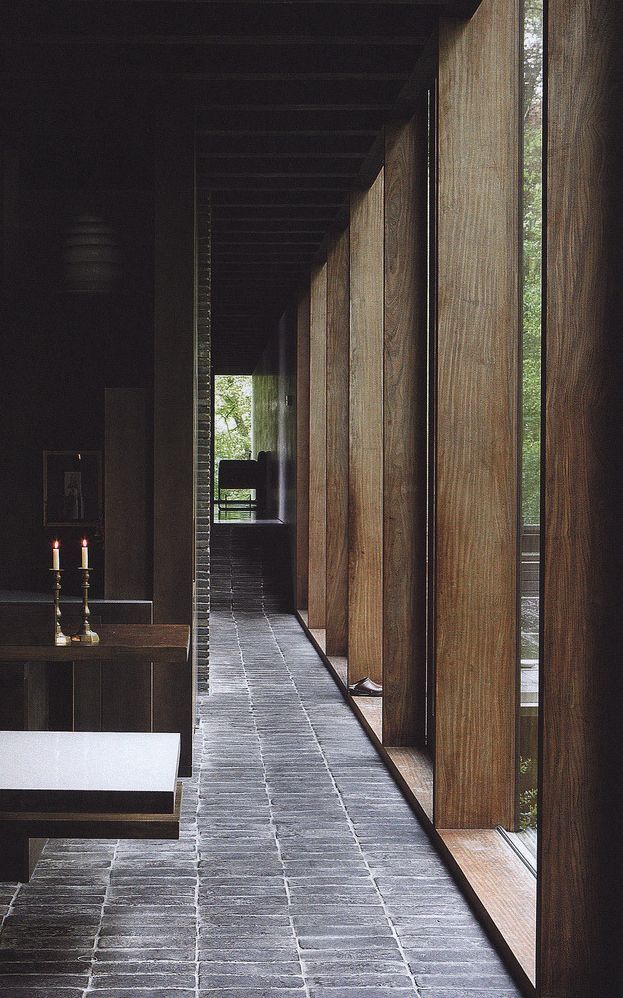
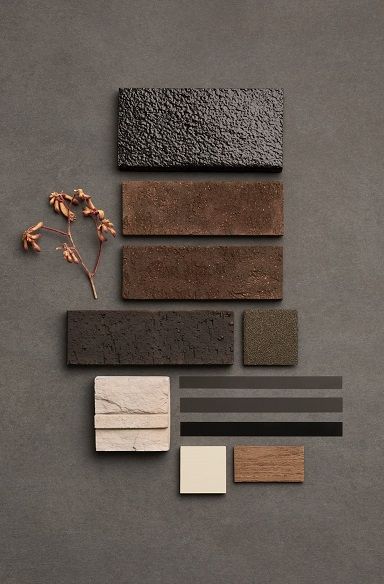
The use of natural materials is a timeless approach that brings the beauty of the outdoors inside. Wood, stone, and organic textiles infuse spaces with warmth and texture, creating an environment that feels both grounded and sophisticated. These materials not only enhance the aesthetic appeal of a home but also contribute to our physical and emotional well-being.
Wood, with its rich grains and varied hues, introduces a sense of warmth and connection to nature. Whether it’s through elegant hardwood floors, bespoke furniture pieces, or subtle accents, the presence of wood in a home evokes a feeling of comfort and serenity. Similarly, stone surfaces add a touch of elegance and timeless durability while grounding the space. Organic textiles, like cotton, linen, and wool offer tactile comfort, wrapping us in nature’s embrace.
The Power of Biophilic Design
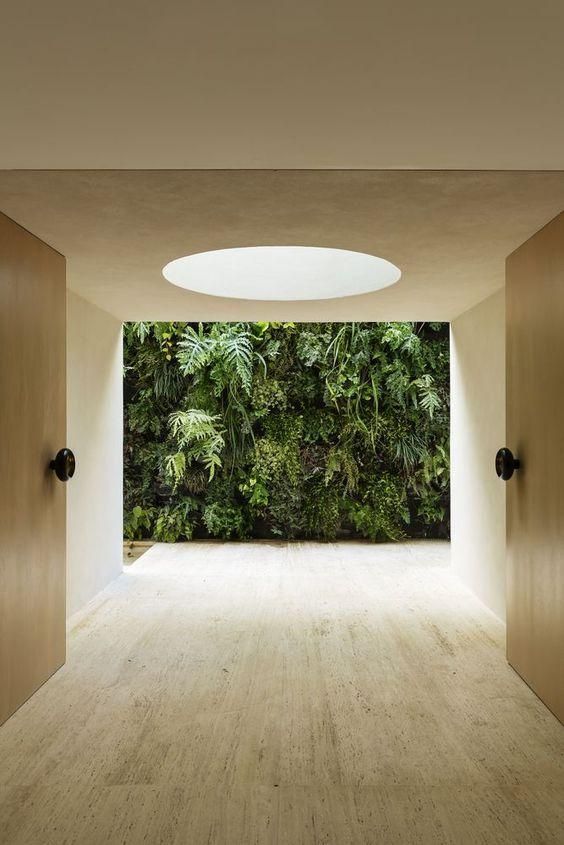
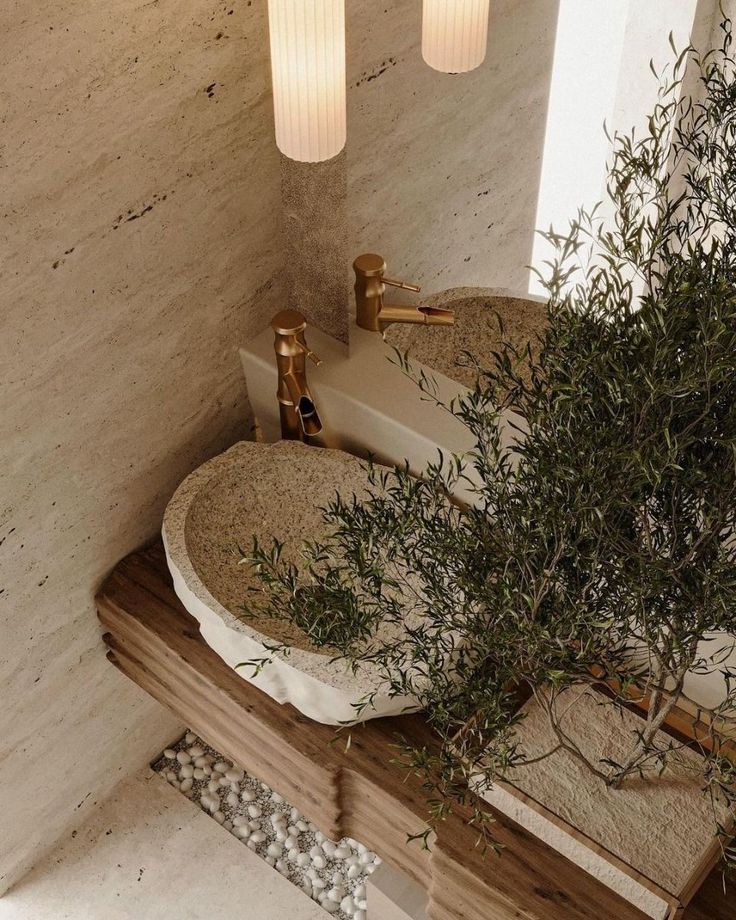
Biophilic design is the art and science of incorporating elements of nature into the built environment. This design philosophy recognises our innate connection to the natural world and leverages it into spaces that promote health and well-being. By integrating natural light, greenery, and water features, we can craft interiors that rejuvenate the mind and body.
Natural light is a vital component of biophilic design. Large windows, skylights, and open floor plans maximise the flow of daylight, reducing the reliance on artificial lighting and aligning our circadian rhythms. Exposure to natural light has been shown to improve mood, increase productivity, and regulate sleep patterns, making it an essential element of a healthy home.
Incorporating plants into interiors is another powerful way to harness the benefits of biophilic design. Plants not only purify the air but also add life, colour and calm to a room. From vertical gardens to potted plants, greenery can be integrated into any design scheme, bringing a touch of nature indoors.
Water features, such as indoor fountains or aquariums, introduce the soothing sounds of flowing water, creating tranquility. The presence of water has also been associated with reduced stress levels and increased feelings of relaxation.
Creating Spaces for Relaxation and Mindfulness
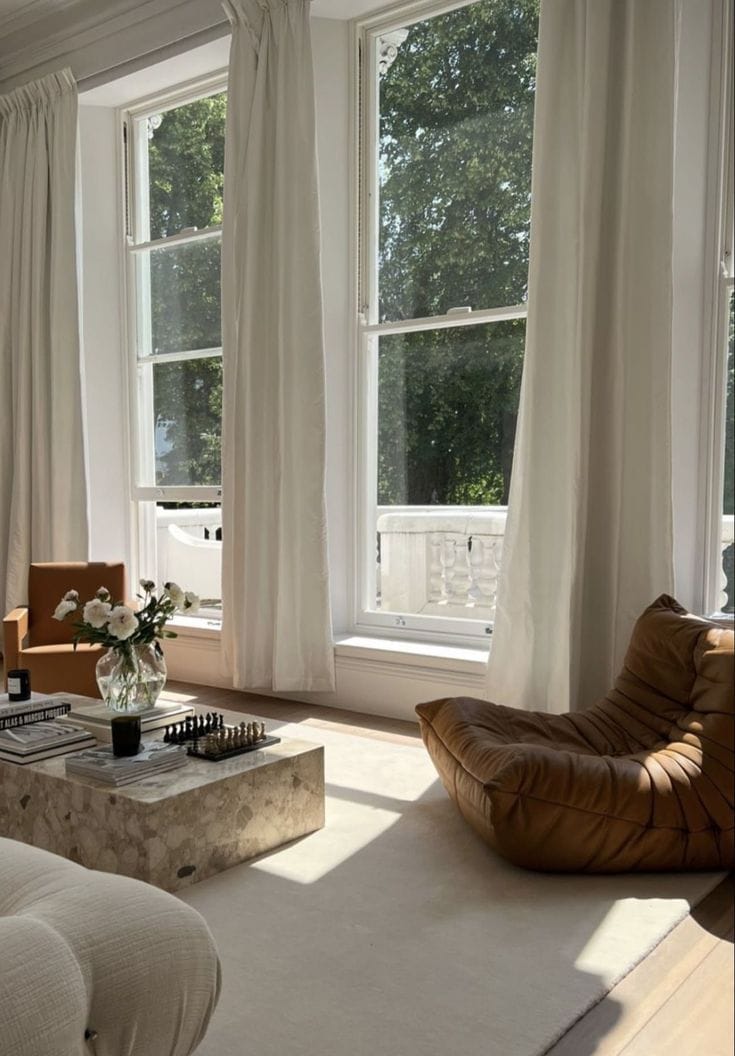

In the hustle and bustle of daily life, having dedicated spaces in the home for relaxation and mindfulness is crucial for balance, rejuvenation and mental clarity. Thoughtfully designed spaces encourage unwinding and reflection, providing a retreat from the demands of the world
A reading nook, with a comfortable chair, soft lighting, and a curated selection of books, offers a cozy corner for introspection and escape. Meditation rooms with calming colours, minimalistic décor, and perhaps a yoga mat or meditation cushion, provide a serene environment for mindfulness practices. Outdoor spaces, such as patios or balconies, can be transformed into peaceful oases with comfortable seating, natural elements, and privacy screens, offering a breath of fresh air and connection with nature.
By purposefully creating spaces for relaxation and mindfulness, we can craft interiors that not only look beautiful but also nurture our well-being. In these thoughtfully designed spaces, we find the peace and joy that come from living in harmony with our surroundings, offering respite from the daily grind.
For more information on our Interior Design service, contact us today.